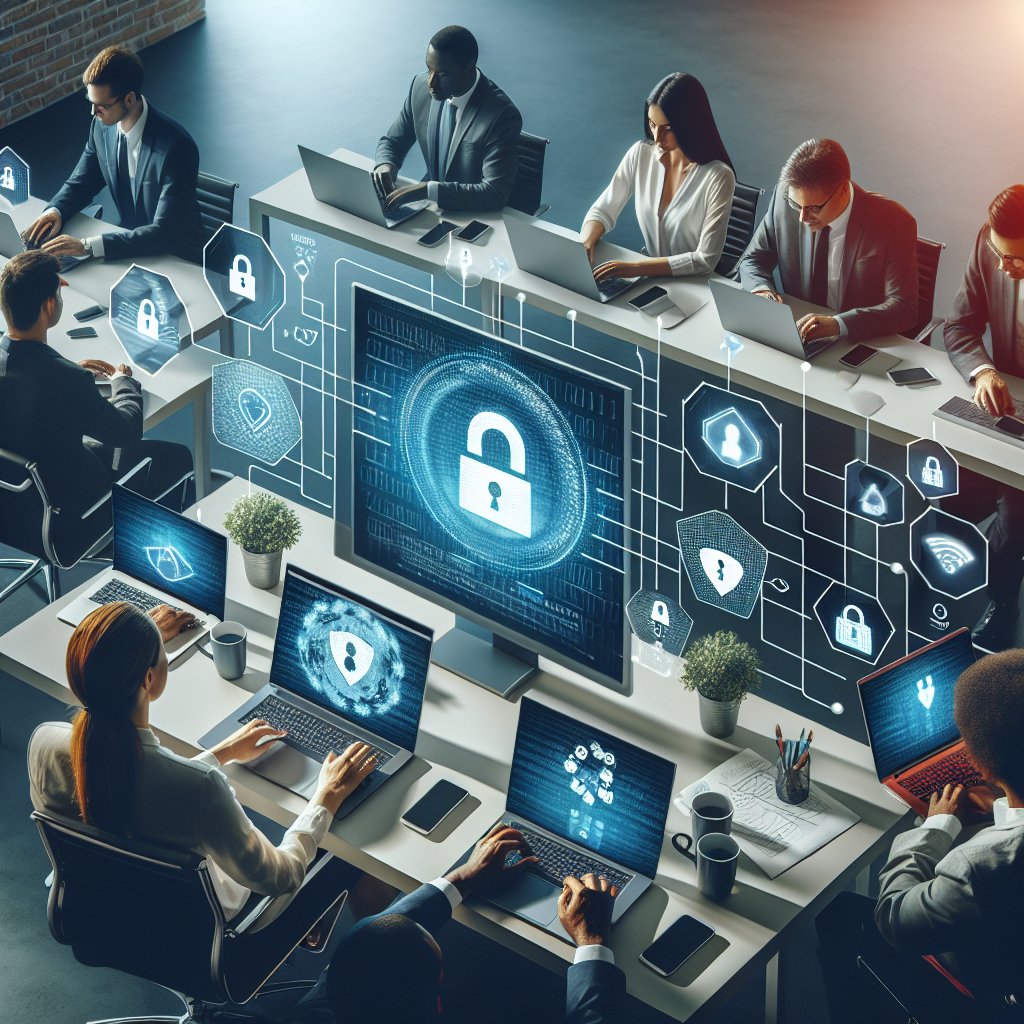Storing and transporting sensitive data is a critical concern for individuals and organizations alike. With the increasing prevalence of cyber threats and data breaches, it is essential to implement robust strategies to protect sensitive information. This article will explore best practices for safely storing and transporting sensitive data, ensuring that it remains secure from unauthorized access and potential loss.
Understanding Sensitive Data
Before delving into the methods of storing and transporting sensitive data, it is crucial to understand what constitutes sensitive data. Sensitive data refers to any information that, if disclosed, could lead to harm or distress to individuals or organizations. This includes personal identifiable information (PII), financial records, health information, intellectual property, and confidential business documents.
Organizations must identify the types of sensitive data they handle and assess the potential risks associated with its exposure. This understanding will guide the development of effective data protection strategies.
Types of Sensitive Data
- Personal Identifiable Information (PII): This includes names, addresses, social security numbers, and other information that can be used to identify an individual.
- Financial Data: Bank account details, credit card information, and financial statements fall under this category.
- Health Information: Medical records and health insurance information are considered sensitive due to privacy concerns.
- Intellectual Property: Trade secrets, patents, and proprietary information are vital for businesses and must be protected.
- Confidential Business Documents: Contracts, strategic plans, and internal communications are sensitive to organizations.
Best Practices for Storing Sensitive Data
Storing sensitive data securely is the first line of defense against unauthorized access and data breaches. Here are some best practices to consider:
1. Data Encryption
Encryption is one of the most effective ways to protect sensitive data. By converting data into a coded format, encryption ensures that only authorized users with the correct decryption key can access the information. It is essential to use strong encryption algorithms and regularly update encryption methods to stay ahead of potential threats.
2. Access Controls
Implementing strict access controls is vital for safeguarding sensitive data. Organizations should adopt the principle of least privilege, granting access only to individuals who require it for their job functions. This can be achieved through role-based access control (RBAC) systems, which limit access based on user roles within the organization.
3. Regular Backups
Regularly backing up sensitive data is crucial for data recovery in case of loss or corruption. Backups should be stored securely, preferably in an offsite location or in the cloud, and should also be encrypted. Regularly testing backup systems ensures that data can be restored quickly and efficiently when needed.
4. Secure Physical Storage
For organizations that store sensitive data on physical devices, such as hard drives or USB drives, it is essential to implement secure physical storage solutions. This includes using locked cabinets, secure access areas, and monitoring systems to prevent unauthorized access to physical data storage locations.
5. Data Minimization
Data minimization involves collecting and retaining only the data necessary for specific purposes. By limiting the amount of sensitive data stored, organizations reduce the risk of exposure in the event of a data breach. Regularly reviewing and purging unnecessary data is a good practice to maintain data hygiene.
Best Practices for Transporting Sensitive Data
Transporting sensitive data, whether digitally or physically, poses unique challenges. Here are some best practices to ensure secure transportation:
1. Secure File Transfer Protocols
When transferring sensitive data over the internet, it is crucial to use secure file transfer protocols, such as SFTP (Secure File Transfer Protocol) or HTTPS (Hypertext Transfer Protocol Secure). These protocols encrypt data during transmission, protecting it from interception by unauthorized parties.
2. Use of Virtual Private Networks (VPNs)
For remote access to sensitive data, using a Virtual Private Network (VPN) adds an extra layer of security. A VPN encrypts internet traffic, making it difficult for hackers to intercept data during transmission. This is particularly important for employees working remotely or accessing sensitive data over public Wi-Fi networks.
3. Physical Security Measures
When transporting physical devices containing sensitive data, such as laptops or external hard drives, it is essential to implement physical security measures. This includes using tamper-proof cases, keeping devices in sight at all times, and using secure transportation methods. Additionally, employees should be trained on the importance of safeguarding physical devices during transport.
4. Data Deletion and Wiping
Before disposing of or transferring devices that contain sensitive data, it is crucial to securely delete or wipe the data. This ensures that the information cannot be recovered by unauthorized individuals. Using data-wiping software that meets industry standards is recommended for this process.
5. Employee Training and Awareness
Employees play a vital role in the secure transportation of sensitive data. Regular training sessions on data protection best practices, phishing awareness, and secure handling of sensitive information can significantly reduce the risk of human error leading to data breaches. Organizations should foster a culture of security awareness among their employees.
Conclusion
Safely storing and transporting sensitive data is a multifaceted challenge that requires a comprehensive approach. By understanding the types of sensitive data, implementing best practices for storage and transportation, and fostering a culture of security awareness, individuals and organizations can significantly reduce the risk of data breaches and protect their valuable information. As technology continues to evolve, staying informed about the latest security measures and threats is essential for maintaining data integrity and confidentiality.




